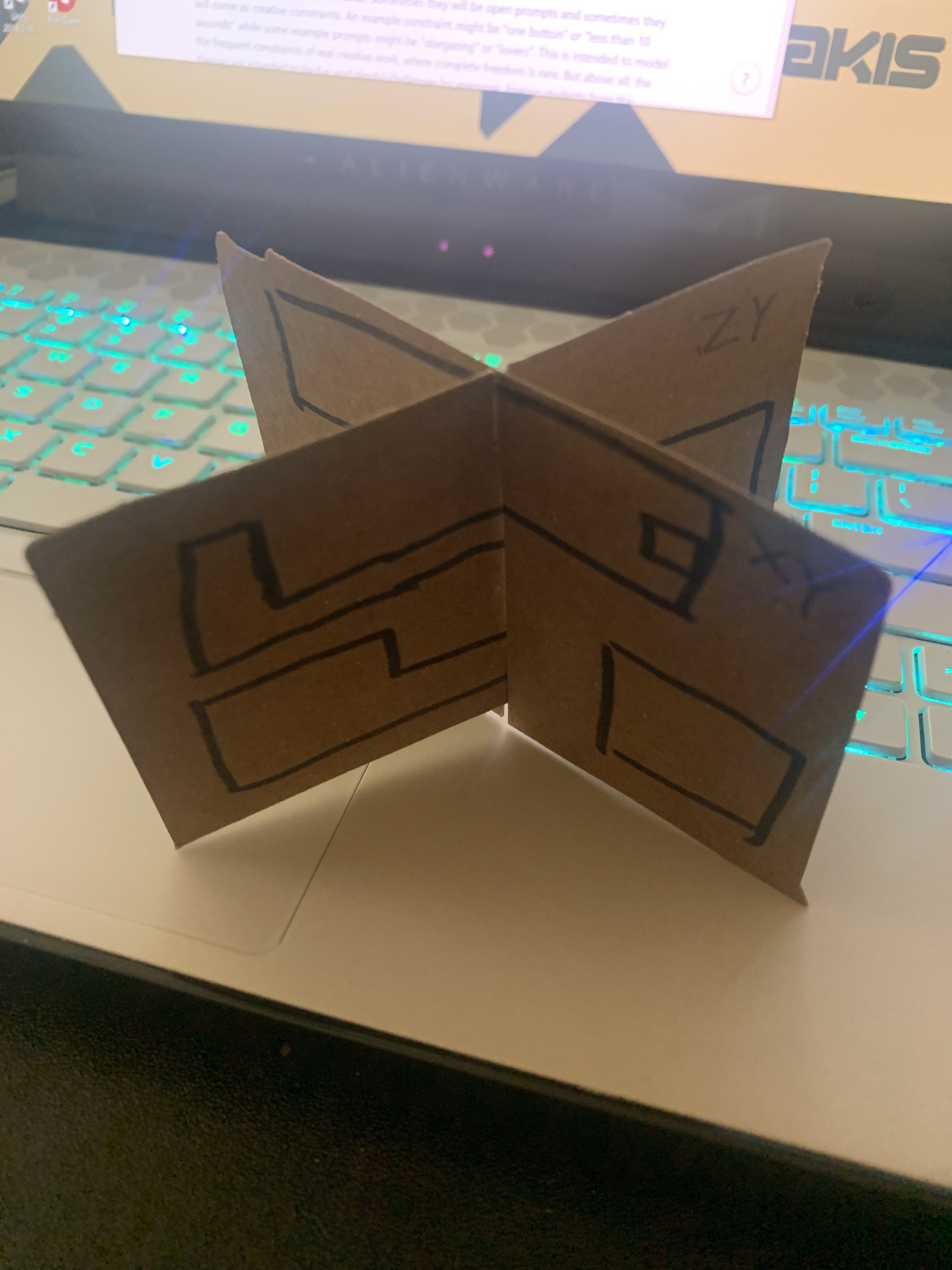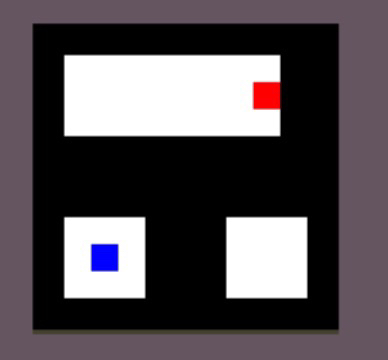Debrief
The theme was Duality for the Global Game Jam 2022. A challenging theme at first! It took me some time to think of what to do. However! Thanks to Whitt, I was able to tackle my most important question: “What is the difference between Duality and Binary?” And that is the duality provides a simultaneity that binary does not. Binary suggests a singular purpose and duality lets me do two at once. That is the big inspiration for this sliding block puzzle.
Normally a sliding block puzzle works in a single dimension. In this game, I imagined another world moving with you. Using this world, you could navigate around walls that you otherwise could not. Here the interaction was focused on moving a block with its world and keeping things consistent. I’d never worked with this kind of sliding block puzzle before so it was a fun first experiment.
From a technical design perspective, this work required a parent object to hold the two grids and the sliding block’s position within those grids. The mover itself was surprisingly light! It just held onto its own index within the moveable volume. Another big component was the map drawing feature. I early on decided I needed to generate the maps that I would move through, so I needed a way of reading a texture. That is implemented using the images attached below. I have a simple black, red, white, and blue color scheme that the game engine can read and produce puzzles with.
They’re surprisingly hard to design. I had to create a physical model out of cardboard before I fully understood how to lay my game out. In fact, most of the work on this game was me thinking about how the game should be functioning and then testing it to get it right. I didn’t want to randomly test things because the cost of undoing my work was going to be high. With the physical model, I was able to move the planes around and literally see how it would look and decide if that behavior was desired or not.
I learned the most about the value of being able to make a rapid map prototyping tool in this project. From all my creative code practice before, I’d never made a map reader in Unity and so this was worth doing. It helped my project a ton because I could inspect a puzzle for its ability to be solved or not. The object is not physically possible. After all, you can move through parts of it. So testing the playability of a puzzle was tantamount to that success. I credit this with being able to make 10 different levels so quickly.
I super enjoyed making and playing this prototype. Because of the physical impossibility of the object, the videogame space itself really brings the puzzle to life. I think there’s a lot of legs to the potential of this game and more tiles and puzzles that can be designed! It’s also just fun to slide things around. I wonder what more puzzles could bring into it?


It Moves With You
a puzzle sliding between worlds
| Status | Prototype |
| Author | Jason |
| Genre | Puzzle |
| Tags | ggj2022, Perspective, Singleplayer |
Leave a comment
Log in with itch.io to leave a comment.